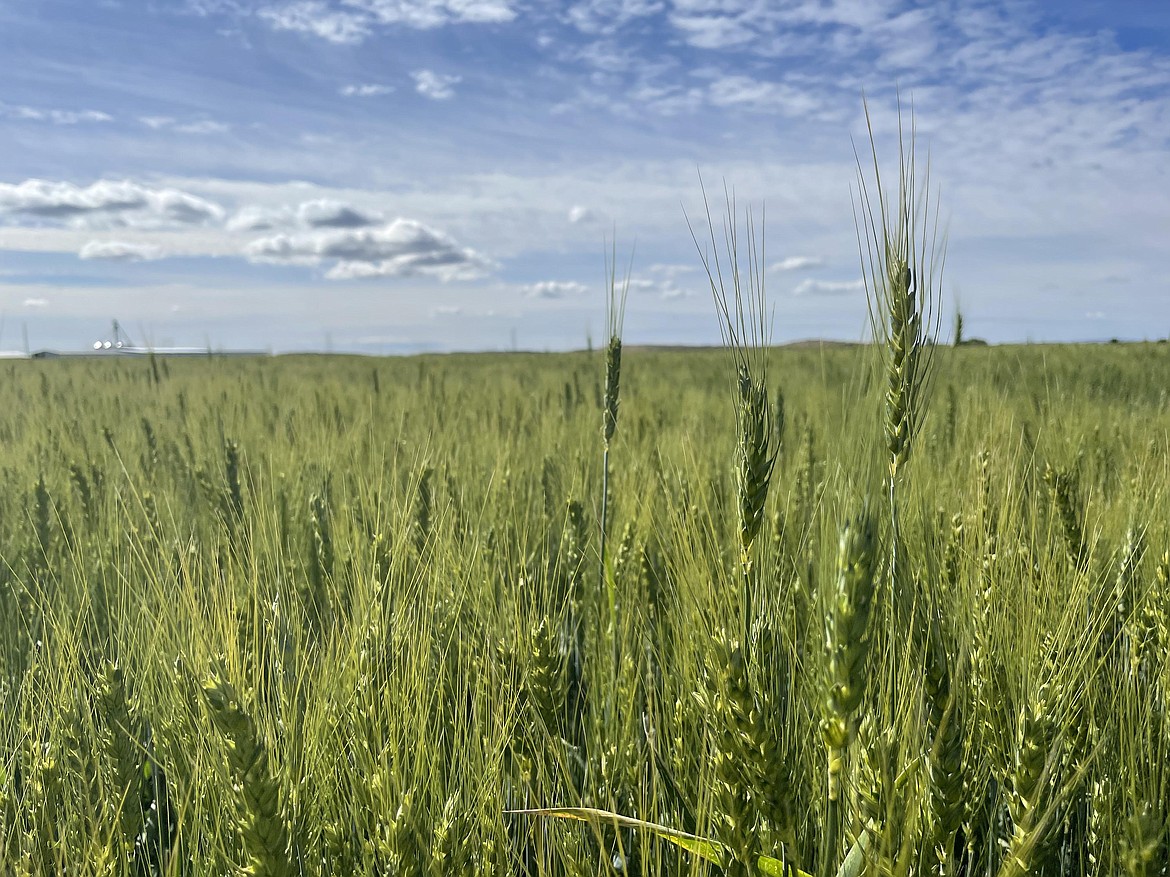State reports smallest wheat crop in decades; barley crop also down
MOSES LAKE — It was a rotten growing season for wheat farmers in the Columbia Basin, as the state’s wheat growers reported the smallest harvest in 57 years.
Become a Subscriber!
You have read all of your free articles this month. Select a plan below to start your subscription today.
Already a subscriber? Login




